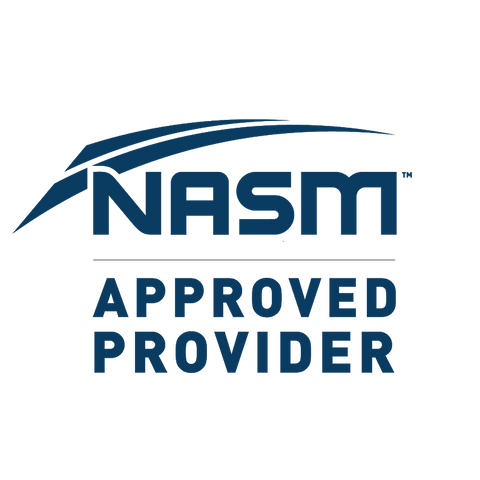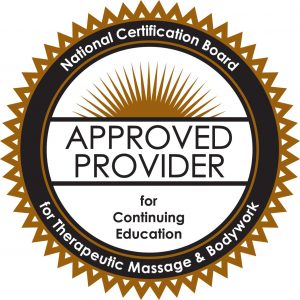MRI of Upper Trapezius Muscles Used to Quantify Trigger Points in Migraine

According to "Neurology Advisor" researchers found that MRIs provide a consistent map of myofascial trigger points, rather than manual palpitation that varies by physician
Quantification of Trigger Points in Migraine Performed Through MRI of Upper Trapezius
Based on a published study in The Journal of Headache and Pain, the identification of the myofascial trigger points within the upper trapezius muscles connected to migraine headache can be enhanced through the quantitative magnetic resonance imaging (MRI), specifically by T2 mapping.
The scientists behind this research aimed to assess a high-resolution MRI methodology as a technique of evaluating the upper trapezius muscle both quantitatively and objectively to find out myofascial trigger points connected to a migraine headache.
Ten right-handed patients, which included nine women and one man, with a clinical diagnosis of migraine headache were the participants used.
All the participants have a history of bilateral or unilateral myofascial trigger points, and they were exposed to manual palpation of the upper trapezius muscles. Also, capsules were applied to pinpoint the skin adjacent to the palpated myofascial trigger points of the ten participants.
Afterward, the researchers performed an MRI of the shoulder and the neck, and at the same time, they used a 3 T whole-body scanner.
The T2 maps which followed the manual placement of concerned regions were produced by T2-prepared and 3D turbo spin echo sequence from the MRI scans.
Then, the T2 values were calculated at the areas where signal modifications linked with myofascial trigger points were recognized. Furthermore, the scientists used MRI to assess any T2 hyperintensities.
The twenty overall measurements of the trapezius muscles gave T2 values. 27.7±1.4 ms as an average T2 value was found for the right-sided muscle while 28.7±1.0 ms was the outcome for the left-sided muscle. Between the right and left sides, there was no statistically significant difference (P=.1055).
Regarding the signal modifications linked to myofascial trigger points, an overall T2 value of nine was found for all; however, two patients having an average T2 value of 33.0±1.5 ms for the left side and 32.3±2.5 ms for the right side were found.
Likewise, no significant difference was seen between the left sides and the right sides (P=.0781).
However, by comparing the ipsilateral T2 values of the trapezius muscles to those collected from signal modifications linked to myofascial trigger points, the researchers discovered a statistically significant difference for the two sides (P=.0039) where the mean T2 values were more than those for signal modifications.
While four patients were seen with T2 hyperintensities for the right side, two patients disclosed hyperintensities for the left side.
Some of the limitations of the experiment involved the small group size which is predominated by women as well as the absence of a control group with no migraine headache.
The myofascial trigger points on the side with high intense referred cranial pain was the only focal points of the scientists.
Besides, the myofascial trigger point marker was not connected with three signal modifications, which were recognized by manual palpation, and there is no correlation between one trigger point derived from manual palpation and T2 maps.
The researchers opined that high-resolution MRI enables an improved recognition and quantification of myofascial trigger points – including T2 mapping with no signal modifications – in contrast to the present gold-standard technique of physical evaluation of the shoulder and neck.
Further targeted and objectively confirmable therapeutic interventions for the treatment of migraine headache can be guided by this methodology.
The European Research Council and the German Joint Federal Committee sponsored this research while an author also declared support from Phillips Healthcare.
Reference
Sollmann N, Mathonia N, Weidlich D, et al. Quantitative magnetic resonance imaging of the upper trapezius muscles – assessment of myofascial trigger points in patients with migraine. J Headache Pain. 2019;20(1):8.
Find a Trigger Point Professional in your area
Trigger Points and Headaches - Articles
Dry Needling for Trigger Points
Certify as a Trigger Point Therapist
NAT Trigger Point Master Course - Online
NAT Anatomy of Pain TrPt Master Course - Online




This trigger point therapy blog is intended to be used for information purposes only and is not intended to be used for medical diagnosis or treatment or to substitute for a medical diagnosis and/or treatment rendered or prescribed by a physician or competent healthcare professional. This information is designed as educational material, but should not be taken as a recommendation for treatment of any particular person or patient. Always consult your physician if you think you need treatment or if you feel unwell.

Continuing Professional Education
Looking for Massage Therapy CEUs, PT and ATC continuing education, chiropractic CE, or advanced manual therapy training? Explore our evidence-based online courses designed for hands-on professionals.




















